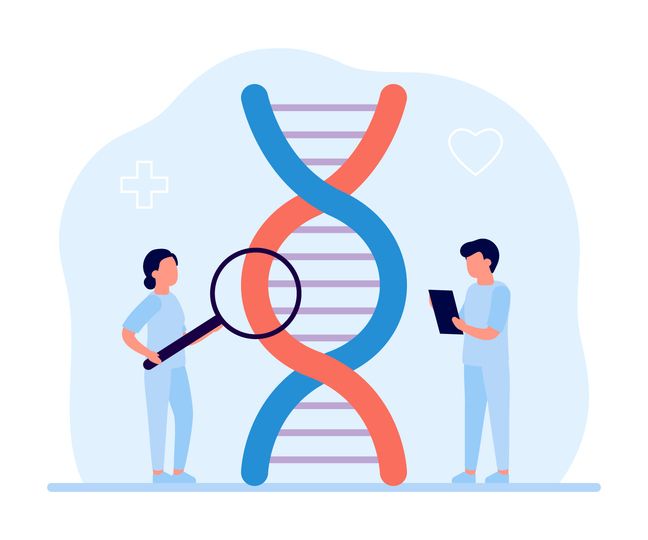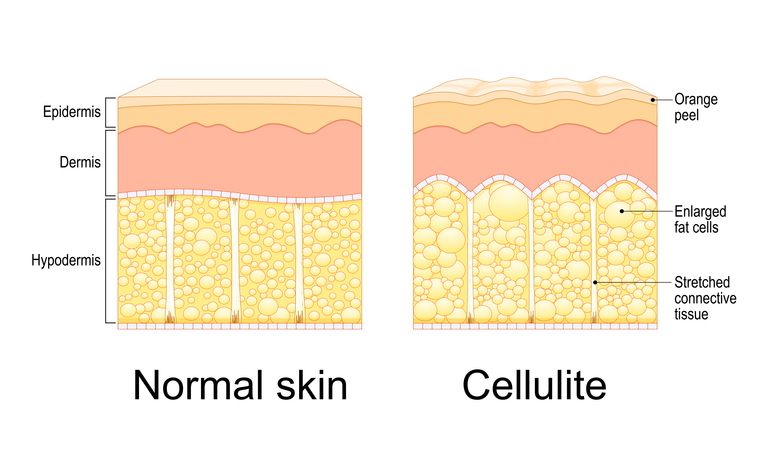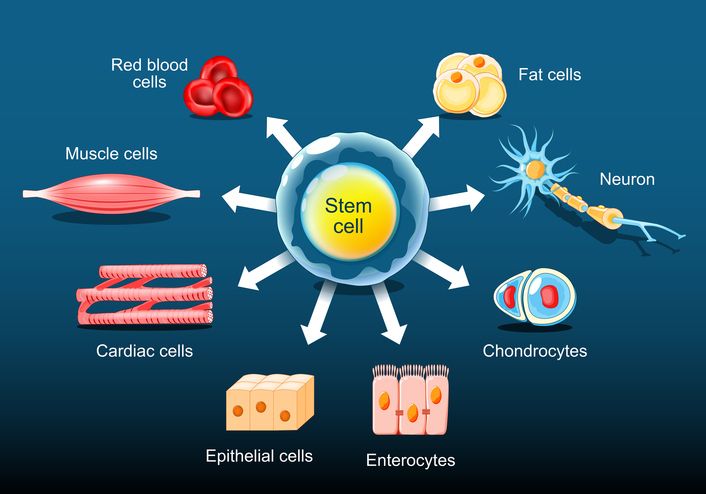

Book Now to Experience
F8 Hair Regrowth Treatment
1 Minute Self-Registration
Date should not be before minimal date
Author: Natalie Ng|1 April 2025
Many people want faster hair growth, but the truth is, your hair grows at a steady rate—about 0.3 to 0.6 centimeters per month. No shampoo, treatment, or supplement can override your genetics and make your hair grow faster overnight. A lot of the so-called “miracle” products are just marketing. By understanding how your hair shaft forms and what actually influences optimal hair growth, you can avoid wasting money on gimmicks. In this article, we’ll break down the myths and facts about hair growth, covering what actually works to promote hair growth and what’s just false advertising. Keep reading to learn what truly helps your hair grow and how to get healthier-looking hair—the right way.

1
Popular Misconceptions vs. Actual Causes of Hair Growth

Myth: Special Products Can Make Hair Grow Overnight
Myth: Regular Trims Make Hair Grow Faster
Myth: Tight Hairstyles Make Hair Grow Faster
Myth: Scalp Massages Can Double Hair Growth
Myth: Supplements Are the Key to Hair Growth


2
Factors That Affect Hair Growth

1. Genetics
2. Diet and Nutrition
3. Hair Care Practices
4. Stress and Hormonal Changes
Read More

3
Hair Growth Boosting Hacks You May Not Know

1. Onion Juice
2. Rice Water Rinse
3. The Inversion Method: Hanging Your Head Upside Down
4. Low-Level Laser Therapy (LLLT)
5. Microneedling the Scalp to Stimulate Hair Growth


4
Boost Hair Growth With the F8 Treatment

How Does the F8 Hair Regrowth Treatment Work?
Why Try the F8 Hair Regrowth Treatment?
Who Can Benefit from F8?

Book Now to Experience
F8 Hair Regrowth Treatment
1 Minute Self-Registration
Date should not be before minimal date

5
Final Thoughts

FAQ
Can Hair Growth Medications Cause Permanent Changes to Hormone Levels?
Based on current clinical evidence, you won't experience permanent hormonal changes from hair growth medications. While finasteride can reduce DHT levels by about 70% during use, these changes are reversible when you stop treatment. Although some users report temporary sexual side effects, your hormone levels typically return to baseline within 4-8 months after discontinuation. Topical treatments like minoxidil don't substantially affect your systemic hormone levels at all.
Do Certain Ethnicities Experience Naturally Faster or Slower Hair Growth Rates?
Like rivers flowing at different speeds, hair growth rates do vary among ethnic groups. You'll find East Asian hair typically grows fastest at up to 0.7mm per day, while Caucasian hair grows at 0.35-0.5mm daily, and African hair at 0.3-0.4mm. However, it's important to understand that perceived differences in length often stem from hair texture and breakage patterns rather than actual growth speed. Your genetics primarily determine your individual growth rate.
How Does Chemotherapy Affect Long-Term Hair Growth Patterns After Treatment?
After chemotherapy, you'll likely experience hair regrowth within 6-12 months, though the initial growth may differ from your pre-treatment hair. Your new hair might be temporarily curlier, finer, or even a different color, affecting about 40% of patients. While most people regain full hair growth, factors like your age, genetics, and specific chemotherapy agents can influence recovery patterns. Permanent hair loss is rare, occurring in less than 5% of cases, typically when radiation therapy is involved.
Can Scalp Micropigmentation Stimulate Natural Hair Growth in Thinning Areas?
Scalp micropigmentation (SMP) won't stimulate natural hair growth in your thinning areas, as it's purely a cosmetic procedure that creates an illusion of density. The pigments are placed superficially in your epidermis at 0.5mm depth, which isn't deep enough to interact with hair follicles or growth mechanisms. While SMP effectively camouflages hair loss through shadowing effects, it doesn't contain bioactive ingredients that could influence follicular activity or trigger new growth.
Do Electromagnetic Devices or Laser Caps Affect the Hair's Growth Cycle?
Yes, electromagnetic devices and laser caps can influence your hair's growth cycle by stimulating the follicles through low-level light therapy (LLLT). These devices work by penetrating your scalp tissue, energizing dormant follicles, and potentially extending the anagen (active growth) phase while reducing the telogen (resting) phase. You'll typically need consistent, long-term use of these devices to see noticeable results in hair density and growth patterns.

Book Now to Experience
F8 Hair Regrowth Treatment
1 Minute Self-Registration
Date should not be before minimal date
Recommended Articles
COPYRIGHT© NEW BEAUTY MANAGEMENT LIMITED 2025. ALL RIGHT RESERVED.




